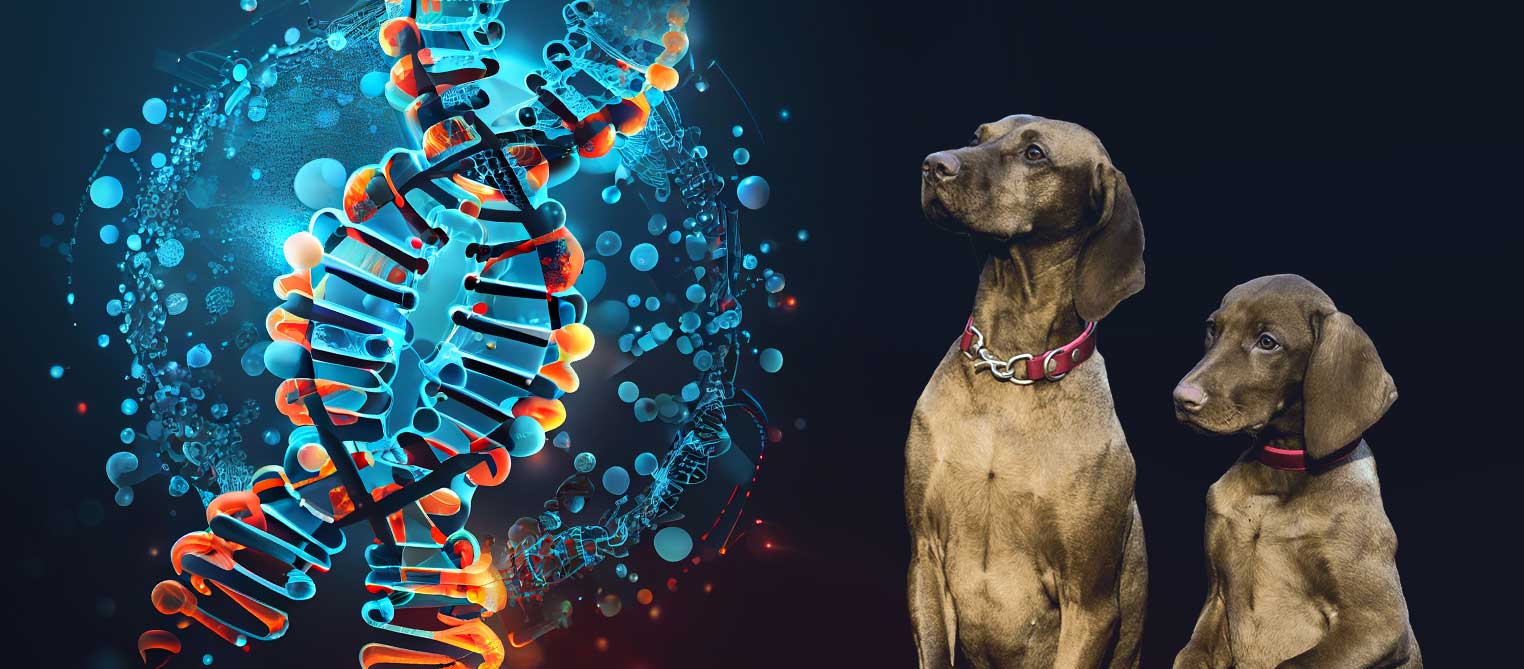When a dog achieves a title or high scores in a specific area, whether it be conformation shows, sports, working trials, etc., it indicates the presence of demonstrated good qualities in that particular aspect of the dog. Often, titled dogs are chosen for breeding activities, as the titles of the parents enhance the value of the future litter. As logical as this decision may sound, it comes with its risks and is not always justified. This approach is commonly employed as a marketing strategy, primarily by novice and/or commercial breeders. We have all seen advertisements like “Litter from champion parents!” и тази презентация оставя усещане за наистина високо качество на кученцата. Така се привлича вниманието на купувачите.
However…
Thoughtful breeding extends beyond the marketing strategies employed by inexperienced or commercial breeders. It involves meticulous consideration of various selective criteria. In the process of choosing breeding pairs, careful attention is directed towards specific desirable qualities and traits that should be perpetuated in subsequent generations. Moreover, the genetic compatibility of the selected breeding pair is a crucial factor in achieving the desired outcomes. Dependence solely on titles for selection is discouraged, as titles may not consistently embody the essential qualities required for successful breeding.
Although a title or rating can suggest certain qualities, it does not invariably serve as a guarantee of such attributes. The human factor often assumes a prominent role in this context. Variables such as the level of competition the dog faces, the extent of its training, the quality of the events, the personal preferences of judges, and the overall environment can significantly influence the evaluation and recognition of a dog’s qualities, etc. As the saying goes, “Champions are made, not born”Понякога това е вярно..
Let’s take a dog show for example:
Certain dogs, despite their exceptional qualities, may not excel in the show ring for various reasons. Factors such as unfamiliarity with the environment, discomfort with movement, distraction by other dogs, or challenges in maintaining a proper stance can hinder their performance. The inability to secure a title in such circumstances does not diminish their suitability for breeding activities.
Conversely, some dogs may achieve championship status after participating in a few non-specialized shows, being evaluated by judges without specialization, and facing limited competition. In reality, these dogs may not truly exemplify the desired standards. This scenario holds not only in the realm of dog shows but also extends to other competitive sports.
Even a dog that receives high and objective ratings from numerous judges, fully justifying its titles and accolades, may not necessarily be well-suited for breeding activities. While it may exhibit exceptional qualities and serve as an exemplary representative of its breed, its effectiveness as a producer can be influenced, particularly when paired with an unsuitable mate. In such cases, the dog may struggle to adequately pass on its commendable qualities to the next generation.
Conversely, a dog lacking prominently defined qualities may prove to be an outstanding producer. The decision to include such a dog in a breeding program hinges on the breeder’s perception of its potential and that of its ancestors, the careful selection of a compatible mate, and a comprehensive assessment of associated risks.
Разбира се,
A dog that fulfills all criteria, displays exceptional qualities, justifies each title and rating, serves as an exemplary representative of its breed, and excells as a producer, represents the ideal scenario. Numerous examples attest to the realization of such perfection. Nevertheless, this ideal alignment does not occur as frequently as perceived or desired by individuals. In reality, it is a relatively uncommon outcome.
An additional concern associated with titled male dogs is the widely recognized “popular sire” effect. When a male dog gains excessive popularity and is extensively utilized for breeding with numerous females, it can adversely affect the entire breed. The widespread use of a single male results in a significant reduction in the genetic diversity of the breed and an elevation in the level of inbreeding. This, in turn, may lead to a decline in overall quality, primarily in an unfavorable direction. Concurrently, variations in quality among litters may arise due to the utilization of diverse female lines.
OVERALL…
a titled dog may not equate to a high-quality dog, and a high-quality dog may not necessarily be a good producer.
It is not always prudent to exclusively breed the best or highest-rated dogs. The correct approach involves pairing the most compatible two dogs, with a focus on predicting their ability to produce a litter with specific desired qualities and traits. It is essential to recognize that not all puppies within a litter will be identical, and there will inevitably be variations in their individual qualities.
The mere selection of a puppy from “champion parents” does not guarantee the automatic emergence of a future champion. Instead, it implies a statistical probability of obtaining a puppy that has inherited certain qualities and traits from its parents to varying degrees. The realization of the puppy’s potential depends on the underlying gene pool and an element of luck. Ultimately, whether the necessary steps are taken to cultivate and develop its potential rests in the hands of the breeder.



